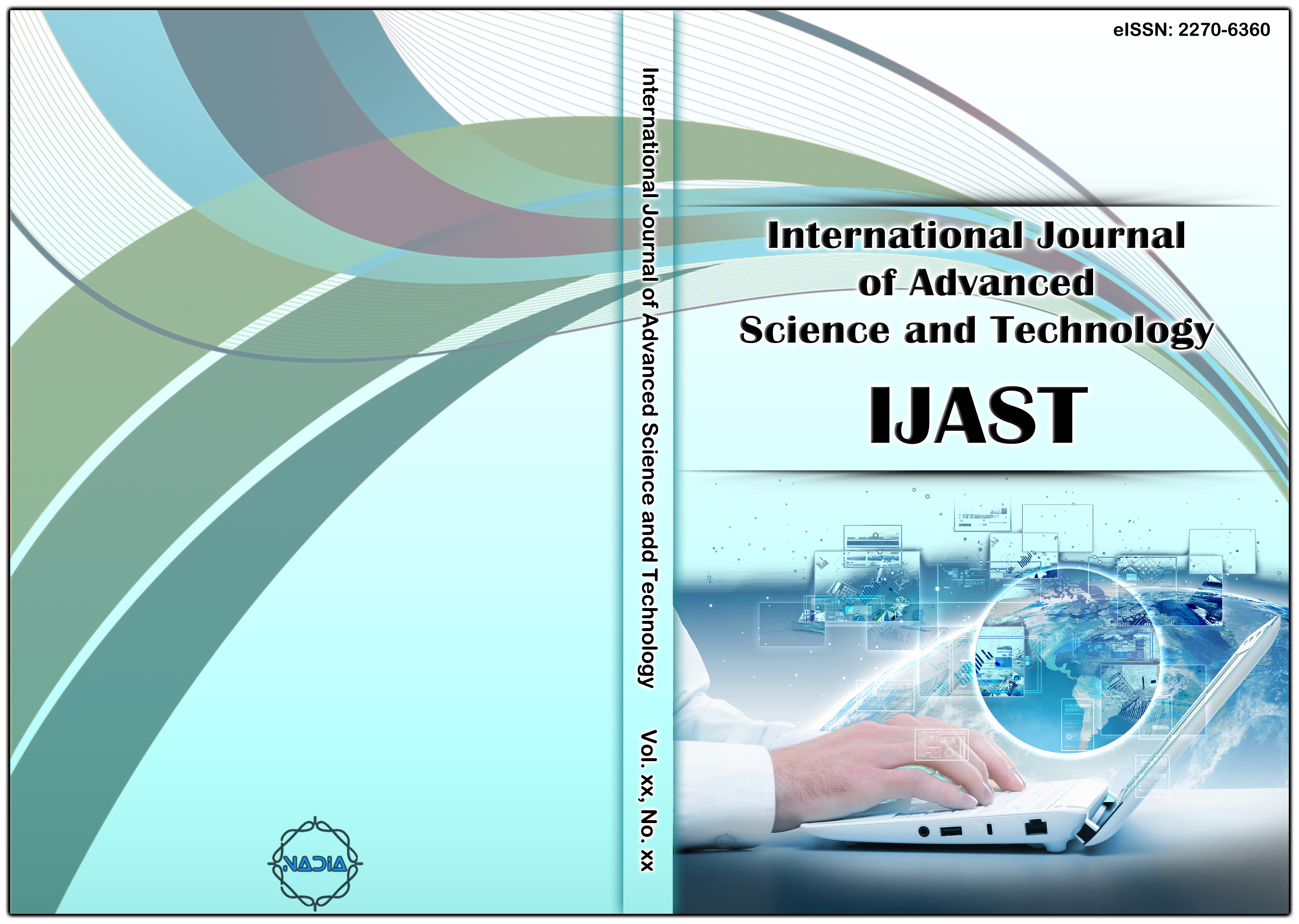[1] S. J. Tans, A. R. M. Verschueren, and C. Dekker, "Room-temperature transistor based on a single carbon nanotube", Nature, vol. 393, (1998), pp.49–52.
[2] T. Durkop, S. A. Getty, E. Cobas, and M. S. Fuhrer,"Extraordinary Mobility in Semiconducting Carbon Nanotubes", Nano Lett., vol. 4, no. 1, (2004), pp. 35-39.
[3] A. Javey, R. Tu, D. B. Farmer, J. Guo, R. G. Gordon, and H. Dai, "High Performance n-Type Carbon Nanotube Field-Effect Transistors with Chemically Doped Contacts", Nano Lett., vol. 5, no. 2, (Jan. 2005), pp. 345–348.
[4] C. Kocabas, S. Dunham et al., "High-frequency performance of submicrometer transistors that use aligned arrays of single-walled carbon nanotubes", Nano Lett. , vol. 9, no. 5, (Apr. 2009), pp.1937-1943.
[5] J. Appenzeller, "Carbon nanotubes for high performance electronics - Progress and prospect", Proc. IEEE, vol. 96, no. 2, (Feb. 2008), pp. 201-211.
[6] R. Marani and A. G. Perri, "DC thermal modeling of CNTFETs based on a semi-empirical approach", International Journal of Advances in Engineering & Technology (IJAET), vol. 8, no. 2, (2015), pp. 38-45.
[7] R. Marani and A. G. Perri, "A simple I-V model of carbon nanotube field effect transistors", International Journal of Advances in Engineering & Technology, vol. 6, no. 3, (2013), pp. 1076-1082.
[8] S. Sinha, A. Balijepalli, and C. Yu, "A Simplified Model of Carbon Nanotube Transistor with Applications to Analog and Digital Design", 9th International Symposium on Quality Electronic Design (isqed), USA, (2008), pp. 502-507.
[9] D. Hadji, Y. Marechal, and J. Zimmerman, "Finite Element and Monte Carlo Simulation of Submicrometer Silicon n-MOSFETs", IEEE Trans. Magnetics, vol. 35, no. 3, (1999), pp. 1809-1812.
[10] Y. Iigu and M. Gary, "Passive Circuit Model Parameter Extraction Using Genetic Algorithms", Electronic Components and Technology Conference, USA, (1999), pp. 1021-1024.
[11] Q. Zhou, et al, "Parameter extraction for the PSP MOSFET model by the combination of genetic and Levenberg-Marquardt algorithms", 2009 IEEE International Conference on Microelectronic Test Structures, USA, (2009), pp. 137-142.
[12] B. P. De, R. Kar, D. Mandal, and S.P. Ghoshal, "Optimal CMOS inverter design using differential evolution algorithm" ,vol. 2, no. 2, (2015), pp. 219–241.
[13] S. Singh, S. Agrawal, A. Tiwari, I.M. Al-Helal, and D.V. Avasthi, "Modeling and parameter optimization of hybrid single channel photovoltaic thermal module using genetic algorithms", Solar Energy, vol. 113, (Mar. 2015), pp. 78–87.
[14] M. Taherzadeh-Sani, R. Lotfi, H. Zare-Hosini, and O. Shoaei, "Design optimization of analog integrated circuits using simulation-based genetic algorithm", Proc. IEEE International Symposium on signals and circuits, Romania, (2003), vol. 1, pp 73-76.
[15] R. Norani, "A Dynamic Simulation on Single Gate Junctionless Field Effect", ACSIJ Advances in Computer Science: an International Journal, vol. 3, no. 5, (Sep. 2014), pp 140-145.
[16] X. S. Yang and S. Deb ,"Engineering optimization by cuckoo search", Int. J. Math. Modelling Num. Optimisation, vol. 1, no. 4, (Dec. 2010), pp. 330–343.
[17] Z. Beheshti and S. M. Hj. Shamsuddin, "A review of population-based meta-heuristic algorithm", International Journal of Advances in Soft Computing and its Applications, vol. 5, no. 1, (Mar. 2013), pp.1-35.
[18] J. Kennedy and R. Eberhart, "Particle Swarm Optimization", Proceedings of IEEE of International Conference on Neural Networks, USA, vol. 4, (1995), pp. 1942-1948.
[19] F. Heppener and U. Grenander, "A stochastic nonlinear model for coordinate bird flocks", The Ubiquity of Chaos Journal, (1990), pp. 233-238.
[20] E. Bonabeau, M. Dorigo, and G. Theraulaz, "Swarm Intelligence: From Natural to Artificial System", Oxford University Press, Inc. New York, NY, USA, (1999).
[21] F. Djeffal , D. Arar, N. Lakhdar, T. Bendib, Z. Dibi, and M. Chahdi, "An approach based on particle swarm computation to study the electron mobility in wurtzite GaN", Microelectronic Journal, vol. 40, no. 2, (Feb. 2009), pp. 357-359.
[22] F. Djeffal, N. Lakhdar, M. Meguellati, A. Benhaya, "Particle swarm optimization versus genetic algorithms to study the electron mobility in wurtzite GaN-based devices", Solid-State Electronics Journal, vol. 53, no. 9, (Sep. 2009), pp. 988-992.
[23] G. Nandini and J. Anitha, "An overview of Swarm Intelligence based Algorithm for Optimization Problem in Wireless Sensor Networks", 1st International Conference on “Innovations in Computing & Networking” (ICICN-2016), India, (2016), pp 177-181.
[24] X. Hu, Y. Shi, and R. C. Eberhart, "Recent advances in particle swarm", Proceedings of IEEE Congress Evolutionary Computation, USA, vol. 1, (Jun. 2004), pp. 90–97.
[25] J. Sun, X. Wu, V. Palade, W. Fang, and Y. Shi, "Random drift particle swarm optimization algorithm: convergence analysis and parameter selection", Machine Learning Journal, vol. 101, no. 1, (Aug. 2015), pp 345–376.
